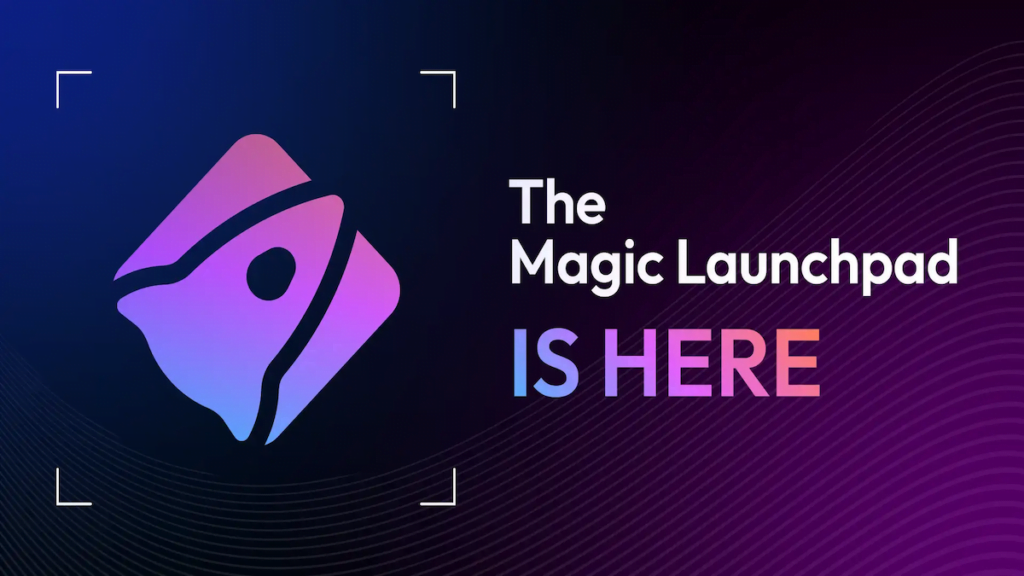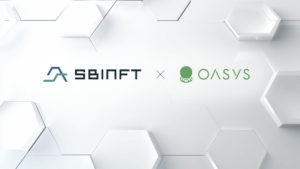As the internet ushers in its third generation, engaging with Web3 technologies is becoming a necessity. This emergent phase of the internet is characterized by decentralized networks, blockchain technologies, and a significant focus on user sovereignty and data privacy.
A crucial tool in this new landscape is the blockchain repository, which not only stores cryptocurrencies but also interacts with decentralized applications (dApps). This guide will cover the fundamentals of how to create a Web3 wallet, emphasizing security, interoperability, and user control features.
Web3 Wallets: The Fundamentals
Digital wallets, called Web3 wallets, are made specifically for use with Web3 applications, which are decentralized blockchain-based apps. They give consumers the ability to handle and maintain their digital assets, including NFTs, cryptocurrencies, and other tokens. Below, you will find crucial aspects of such repositories that you should know.
The Top 7 Features of a Web3 Wallet
- Direct Blockchain Interaction: Blockchain wallets interact directly with blockchain technologies. This direct interaction facilitates the management of digital assets without the need for intermediaries, enhancing transparency and trust.
- Smart Contract Execution: These wallets play a crucial role in the world of decentralized finance (DeFi) by allowing users to engage directly with smart contracts. Smart contracts are self-executing contracts with the terms of the agreement directly written into code, which can automate processes, exchanges, and agreements directly on the blockchain.
- dApp Accessibility: One of the most significant features of Web3 wallets is their ability to interface seamlessly with dApps. This capability allows users to participate in a variety of emerging digital ecosystems directly through their wallet—whether it’s trading on a decentralized exchange, borrowing or lending in a DeFi protocol, or playing blockchain-based games.
- Enhanced Security Protocols: Given the decentralized nature of Web3, these wallets often incorporate advanced security measures, such as biometric data verification, multi-factor authentication, and encrypted private keys. These features ensure that the user’s digital assets and identity are protected from unauthorized access.
- Token Compatibility: Web3 wallets generally support a wide range of cryptocurrencies and tokens, particularly those compliant with popular standards like ERC-20 (for Ethereum). This compatibility allows users to manage diverse portfolios in a single wallet.
- User Control and Sovereignty: The ethos of Web3 is about returning control to the users. Blockchain repositories wallets embody this principle by giving users full control over their digital assets. Unlike traditional banking systems or centralized exchanges, where the service provider has custody of the assets, in a digital wallet, the user retains complete ownership and control.
- Unlimited Interoperability: With the myriad of blockchains and dApps emerging, a Web3 wallet must be and it is versatile. Interoperability is essential for a wallet to be functional across different blockchain ecosystems without needing multiple wallets or complex integrations.
Creating Your Blockchain Repository: A Step-by-Step Guide
- Choose Your Wallet Type: Decide between a software wallet (mobile or desktop) or a more secure hardware wallet based on your security needs and convenience.
- Download and Install: For software wallets, download from a trusted source and install it. For hardware wallets, purchase from reputable vendors.
- Set Up Security Features: Create a strong password, back up your wallet using a seed phrase, and if possible, set up two-factor authentication (2FA).
- Store Your Private Keys: Never share your private keys or seed phrases with anyone. Consider using a hardware wallet or a secure offline storage method for added security.
- Test Your Wallet: Before loading significant funds, send a small amount of cryptocurrency to and from your wallet to ensure it functions correctly.
While there are many players in the field of digital wallets, a few stand out due to their commitment to innovation, particularly in the integration of Web3 technologies. Among these, Nonbank is notable for its upcoming release of the Tron Wallet. This new feature is set to embody the core principles of security, interoperability, and user control, aligning with both the needs of traditional finance and the expansive possibilities of Web3.

Photo by Shubham’s Web3 on Unsplash
Final Thoughts
The right blockchain repository not only guards your digital assets but also serves as a gateway to the decentralized internet, allowing you to interact with dApps, manage different cryptocurrencies, and participate in the digital economy. Nonbank’s Tron Wallet is poised to offer these capabilities, ensuring users can navigate the Web3 space with confidence and ease. You are welcome to join the Nonbank community on X for all the latest insights.
Main Image Photo by Morthy Jameson on Unsplash
Author

The views and opinions expressed in this guest post are solely those of the author, and do not necessarily reflect the official policy or position of NFT News Today.





